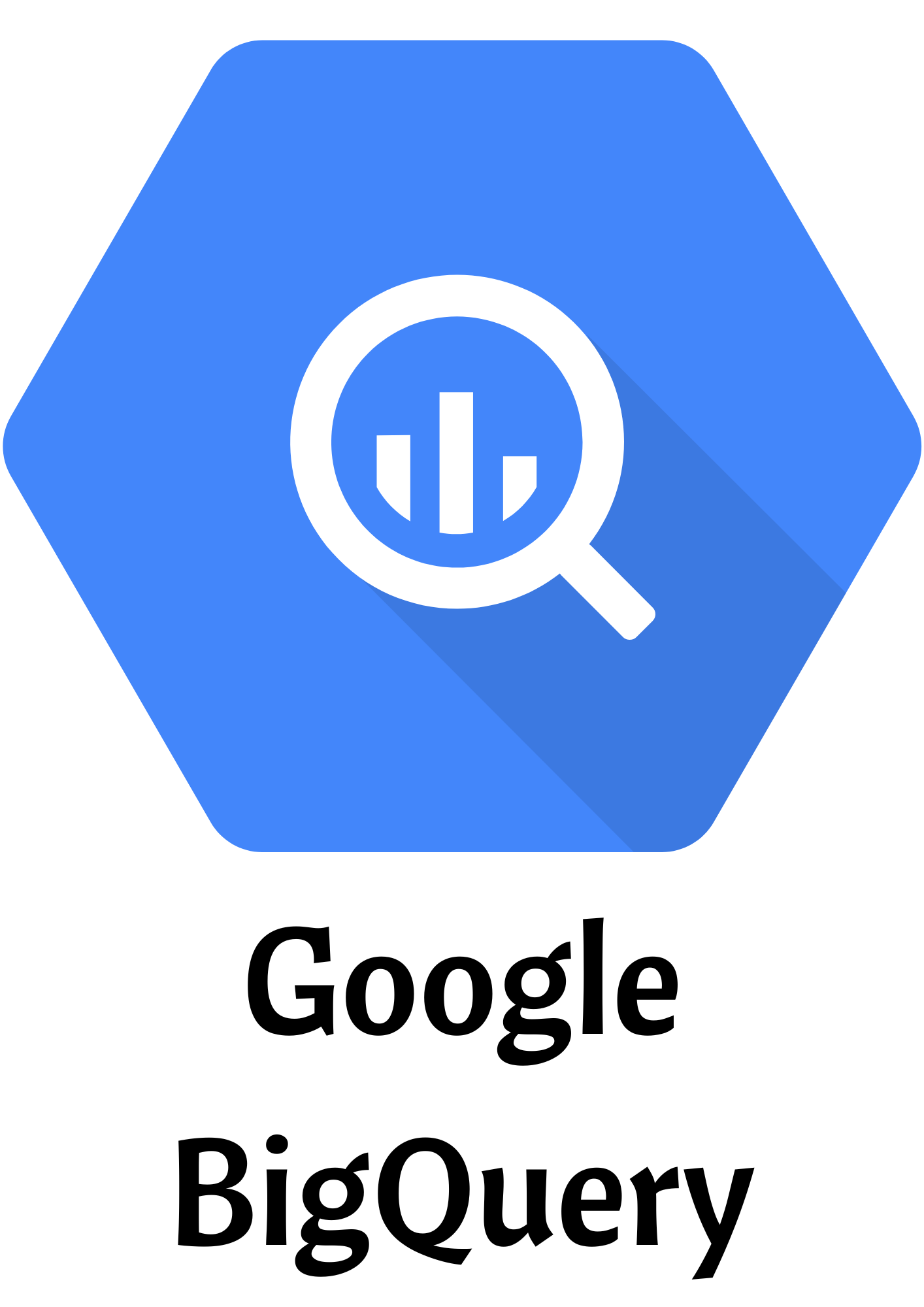
- August 23, 2023
- admin
- Bigquery, Business, Data Science, Data Visualization, Google Analytics, Google Analytics 4 - GA4, Google Cloud, Reports, Technology
In the realm of data analytics, the seamless integration of tools within a comprehensive ecosystem is pivotal. Google BigQuery, a powerhouse data analytics tool, stands as a shining example of such integration within the broader Google Cloud framework. In this article, we’ll delve into how BigQuery fits seamlessly into the Google Cloud ecosystem, amplifying its data analytics capabilities and fostering innovation across applications.
The Power of Integration
At its core, Google BigQuery is designed to deliver lightning-fast data analytics. What makes it even more remarkable is how effortlessly it integrates with other Google Cloud services, forming a cohesive environment for data analysis and application development.
1. Synergy with Google Cloud Storage
BigQuery seamlessly interfaces with Google Cloud Storage, enabling users to analyze data stored in this versatile and scalable storage solution. This integration eliminates data silos and empowers users to query vast datasets stored in Google Cloud Storage directly through BigQuery. This unified approach ensures that data-driven insights are readily accessible, fostering informed decision-making.
2. Google Data Studio Integration
Pairing BigQuery with Google Data Studio results in a dynamic duo for data visualization. The ability to craft visually appealing dashboards and reports enhances the presentation of insights extracted from BigQuery. The integration streamlines the process of creating informative visualizations, making complex data more digestible and actionable for a broader audience.
3. Collaborative Insights
Google Workspace integration adds another layer of collaboration to BigQuery’s capabilities. Teams can effortlessly share insights derived from BigQuery data with colleagues through documents, spreadsheets, and presentations. This integration facilitates data-driven decision-making at various organizational levels, fostering a culture of informed teamwork.
4. Machine Learning Integration
BigQuery’s integration with Google Cloud Machine Learning Engine bridges the gap between data analysis and predictive modeling. Data analysts and scientists can develop machine learning models using data within BigQuery, accelerating the creation of predictive insights and enhancing the sophistication of analytics.
Conclusion: Empowering Data-Driven Innovation
The integration of Google BigQuery within the Google Cloud ecosystem underscores its role as a catalyst for data-driven innovation. Its seamless collaboration with other Google Cloud services amplifies its capabilities, allowing businesses to extract maximum value from their data. From storage to visualization, from collaboration to machine learning, BigQuery’s integration reshapes how organizations approach data analytics, propelling them toward data-driven success.
In the dynamic landscape of today’s business world, harnessing the potential of data is paramount. Google BigQuery’s integration empowers businesses to do just that, leveraging the synergies of the Google Cloud ecosystem to make impactful decisions and drive innovation forward.
Categories
- Artificial Intelligence (19)
- Bigquery (7)
- Business (38)
- Chat GPT (6)
- Code (5)
- Data Science (23)
- Data Visualization (28)
- Google Ads (4)
- Google Analytics (19)
- Google Analytics 4 – GA4 (22)
- Google Bard (5)
- Google Cloud (6)
- Google Looker Studio (4)
- Google merchant center (2)
- Google tag manager (10)
- Healthcare (2)
- Hindi (6)
- Javascript (3)
- Migration (1)
- Natural Language Processing (5)
- NLP (3)
- Prestashop (3)
- Reports (10)
- SEO (1)
- Server-Side Tracking (10)
- Social Media (15)
- Technology (35)
- web design (2)
- web development (5)
- आर्टिफिशियल इंटेलिजेंस (5)
- एआई (5)
- कृत्रिम बुद्धिमत्ता (6)
- गूगल बार्ड (3)
- डेटा विज्ञान (1)
- डेटा साइंस (1)

